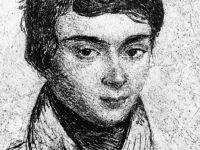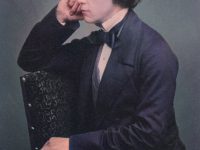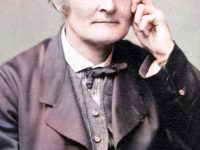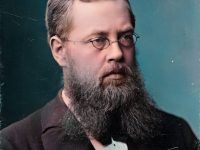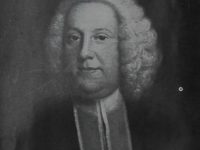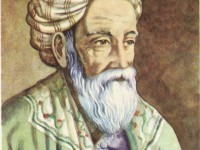Only the Good Die Young – the Very Short Life of Évariste Galois
On June 1st, 1832, French mathematician Évariste Galois was killed in a duel. He was only 20 years of age. He left an elaborate manuscript three years earlier, in which he established that an algebraic equation is solvable by radicals, if and only if the group of permutations of its roots has a certain structure, thereby solving a problem standing for 350 years. But why did he have to die so young? Just because…
Read more

